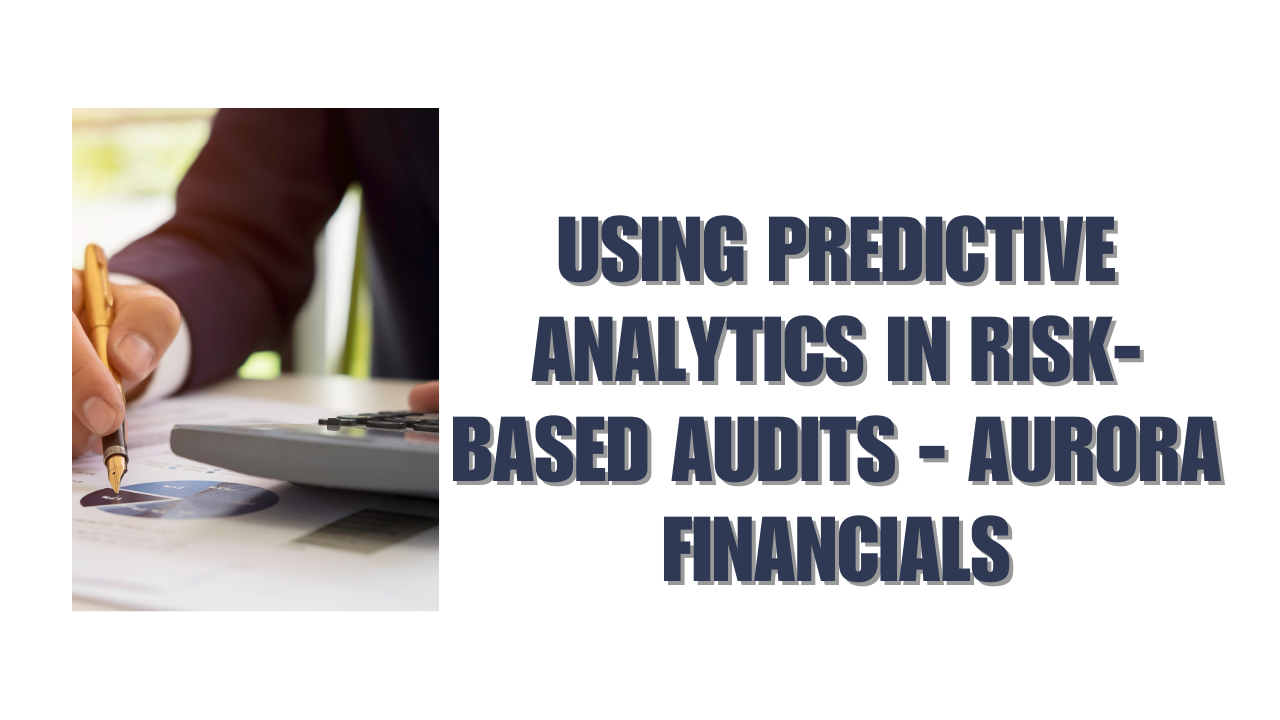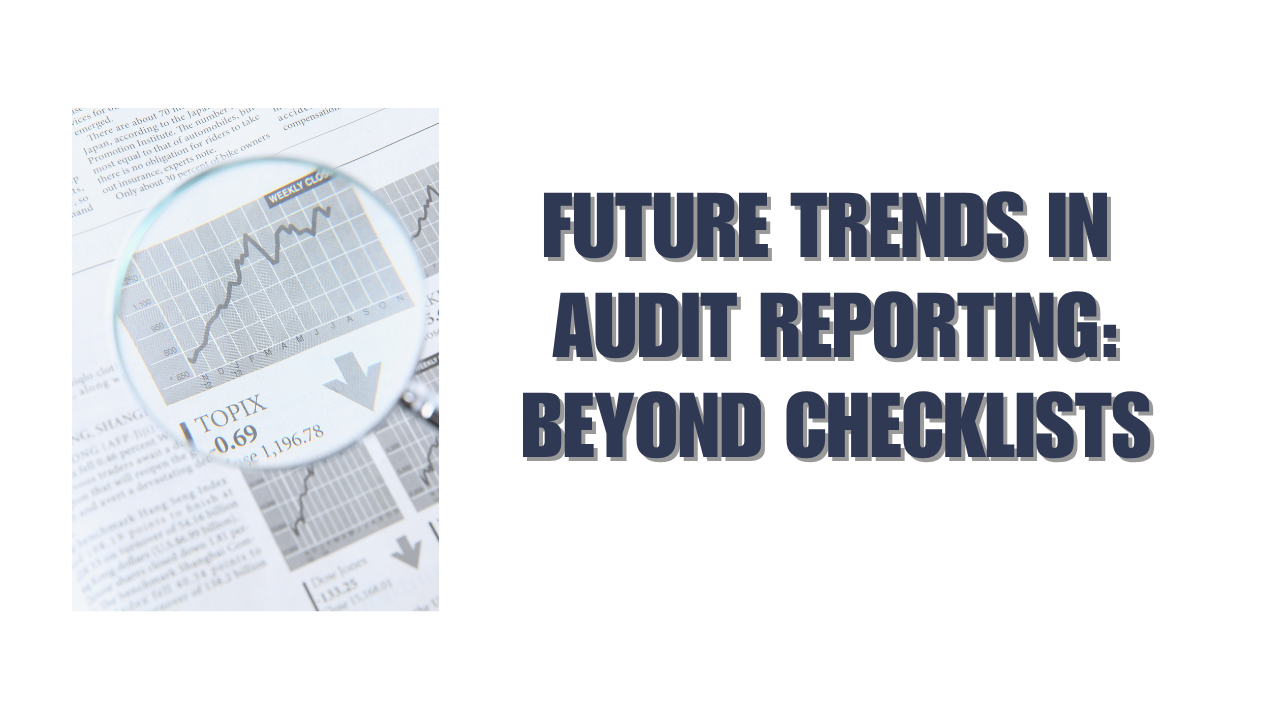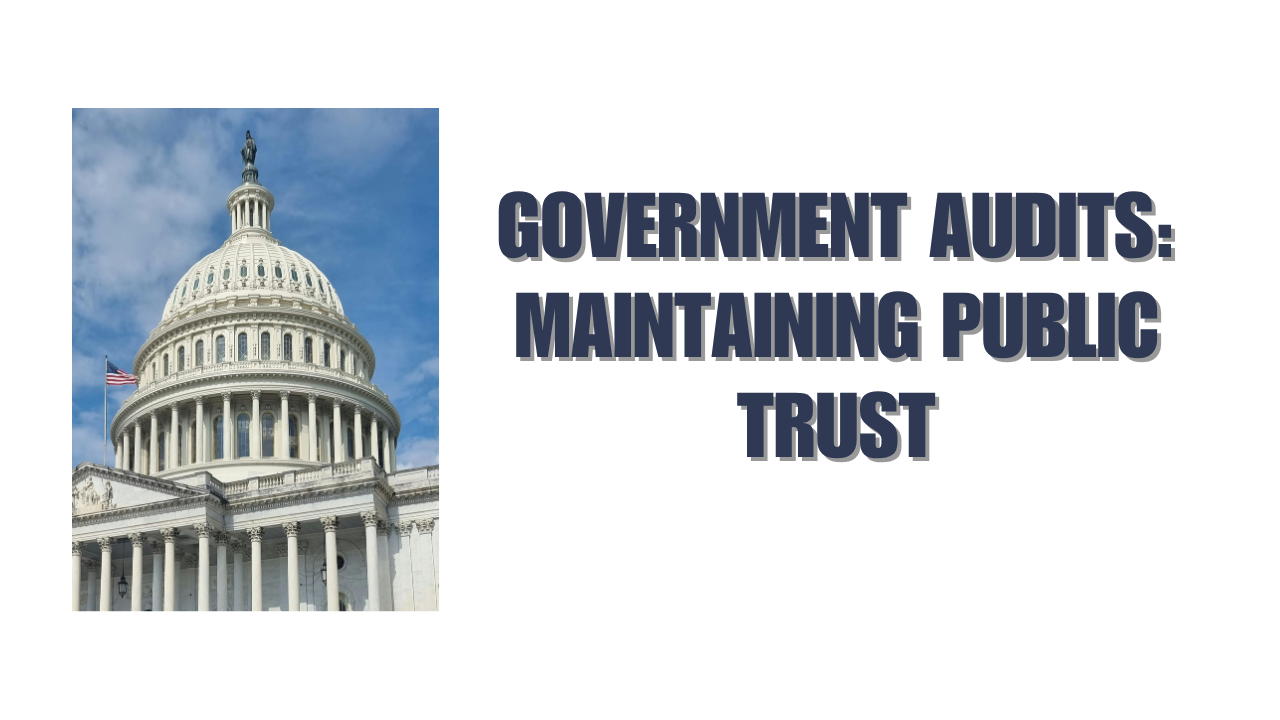Auditing has evolved beyond traditional checklist approaches. Today, organizations face increasingly complex financial, operational, and regulatory environments. For boards, CFOs, and audit committees, understanding where risks lie-and proactively addressing them-is critical. This is where risk-based audits come into play, focusing audit resources on areas of greatest potential impact.
The integration of predictive analytics into risk-based audits transforms how organizations identify, assess, and respond to risks. By leveraging data-driven insights, auditors can anticipate issues before they arise, improving accuracy, efficiency, and strategic decision-making.
What Are Risk-Based Audits?
Risk-based audits prioritize audit activities based on the likelihood and impact of potential risks. Unlike traditional audits that examine all transactions equally, risk-based approaches focus on:
- Areas with high financial, operational, or compliance exposure.
- Processes susceptible to fraud or error.
- Transactions or activities with regulatory implications.
This targeted approach ensures that audit resources are used efficiently while maximizing risk mitigation.
The Role of Predictive Analytics
Predictive analytics uses historical and real-time data, statistical algorithms, and machine learning to forecast potential outcomes and identify trends. In the context of risk-based audits, predictive analytics can:
- Highlight high-risk transactions or accounts before issues occur.
- Identify patterns that indicate fraud, errors, or control weaknesses.
- Optimize audit planning by allocating resources to areas with the greatest potential impact.
- Improve continuous monitoring and early detection of anomalies.
By combining predictive analytics with risk-based audits, organizations move from reactive auditing to proactive risk management.
How Predictive Analytics Enhances Risk-Based Audits
1. Improved Risk Identification
Predictive models analyze historical transactions, operational data, and external indicators to identify areas with elevated risk. This ensures auditors focus on activities that matter most.
2. Anomaly Detection
Advanced algorithms detect unusual patterns in financial or operational data that may indicate errors, fraud, or control weaknesses. Early detection allows management to intervene before issues escalate.
3. Efficient Resource Allocation
By prioritizing high-risk areas, audit teams can allocate time and expertise more effectively, reducing the cost and effort of audits while maintaining quality and compliance.
4. Enhanced Decision-Making
Predictive insights provide auditors and executives with actionable intelligence, supporting informed decisions around risk mitigation, resource planning, and strategic initiatives.
5. Continuous Monitoring
Integration with digital systems enables ongoing assessment of risk in near real-time, providing alerts when thresholds are breached or anomalies are detected.
Best Practices for Implementing Predictive Analytics in Risk-Based Audits
To maximize the benefits of predictive analytics, organizations should adopt the following strategies:
1. Data Quality and Integrity
Ensure that historical and real-time data used for predictive models are accurate, complete, and consistent. Poor-quality data can lead to incorrect predictions and ineffective audits.
2. Integration With Existing Audit Frameworks
Predictive analytics should complement existing risk-based audit methodologies, enhancing rather than replacing traditional audit processes.
3. Regular Model Validation
Predictive models must be continuously tested and refined to ensure accuracy and relevance in changing business environments.
4. Cross-Functional Collaboration
Engage finance, IT, operations, and risk teams to ensure predictive analytics models capture comprehensive risk perspectives.
5. Training and Skill Development
Auditors need training in data analytics, machine learning, and statistical modeling to effectively interpret predictive insights and integrate them into audits.
Real-World Applications
Case Study 1: Global Manufacturing Firm
A multinational manufacturer integrated predictive analytics into its risk-based audits. Historical transaction data and supplier performance metrics were analyzed to forecast potential supply chain disruptions. The audit team proactively identified high-risk supplier accounts and implemented controls, reducing operational and financial exposure.
Case Study 2: Financial Services Company
A financial services firm applied predictive models to detect unusual patterns in client transactions. Risk-based audits prioritized accounts flagged by predictive analytics, resulting in faster detection of errors and potential fraud, enhancing compliance and operational oversight.
Case Study 3: Retail Chain
A retail chain used predictive analytics to monitor point-of-sale transactions for anomalies. Risk-based audits focused on high-variance stores, allowing auditors to identify discrepancies and improve internal controls efficiently.
These examples highlight how predictive analytics transforms risk-based audits from reactive reviews into forward-looking, strategic processes.
Emerging Trends
The integration of predictive analytics in risk-based audits is part of a broader trend in digital transformation for audit and finance functions:
- Artificial Intelligence (AI): AI-driven analytics can process massive datasets, identifying patterns and anomalies that humans may miss.
- Cloud-Based Audit Platforms: Centralized platforms enable real-time data access, continuous monitoring, and collaborative auditing across geographies.
- Robotic Process Automation (RPA): Automates repetitive tasks such as data collection, freeing auditors to focus on high-risk areas.
- Blockchain Technology: Immutable ledgers combined with predictive models enhance transparency, traceability, and risk detection.
By leveraging these technologies, organizations are increasingly capable of conducting predictive, risk-focused audits efficiently and reliably.
Benefits of Using Predictive Analytics in Risk-Based Audits
- Proactive Risk Management: Anticipate issues before they materialize, reducing operational and financial exposure.
- Enhanced Audit Effectiveness: Focus on areas of greatest risk, improving quality and relevance of audits.
- Regulatory Compliance: Ensure that high-risk areas are adequately monitored and controlled, supporting adherence to standards.
- Operational Efficiency: Reduce time spent on low-risk areas while improving coverage of critical processes.
- Strategic Decision Support: Provide leadership with actionable insights to inform operational, financial, and strategic planning.
Conclusion
Predictive analytics is revolutionizing risk-based audits by enabling organizations to anticipate risks, detect anomalies, and prioritize high-impact areas. It transforms auditing from a retrospective exercise into a proactive, strategic tool that enhances compliance, governance, and operational decision-making.
At Aurora Financials, we integrate predictive analytics into our audit processes, helping organizations identify risks before they escalate, strengthen internal controls, and improve decision-making. By combining technology with expertise, risk-based audits become more effective, efficient, and aligned with strategic objectives.
In today’s data-driven world, predictive analytics is not just an innovation-it is an essential component of modern, risk-aware auditing practices.






